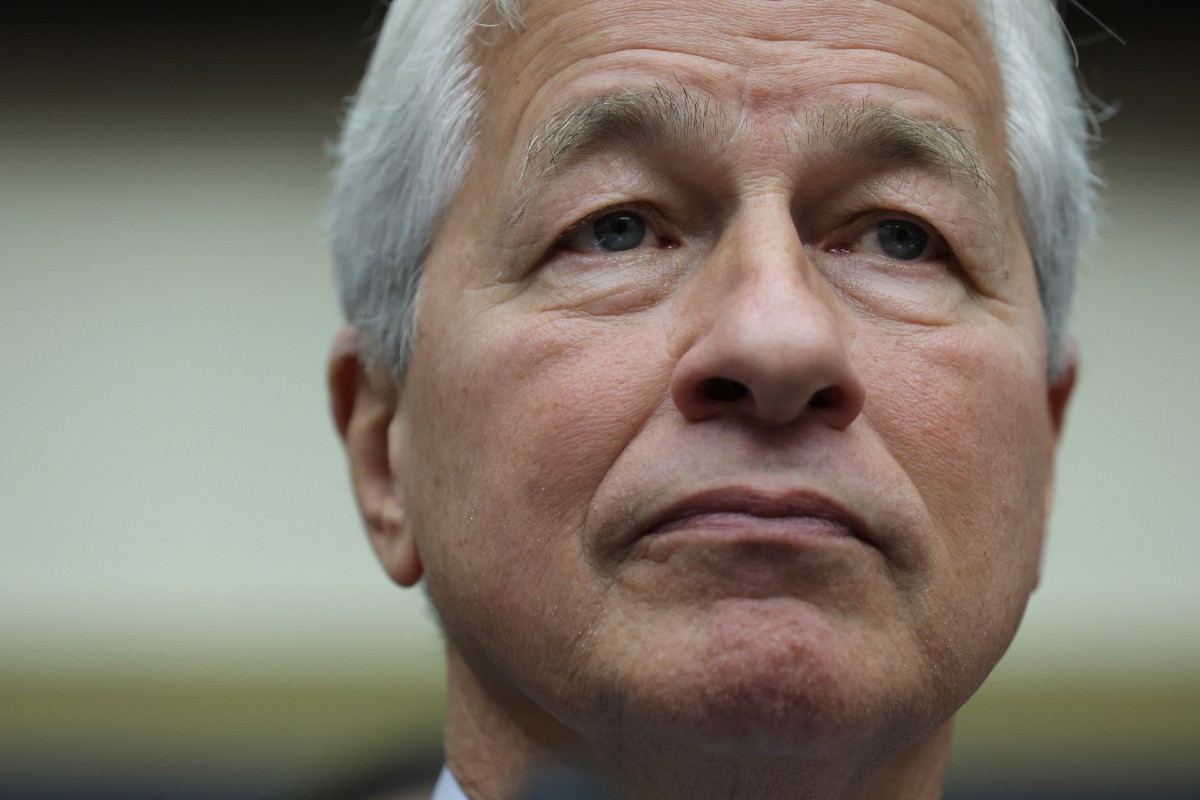The fate of the economy, shaken by rampant inflation, seems to be none other than that of a recession, at least that’s how JP Morgan CEO Jamie Dimon sees the picture.
For the CEO, the country’s economy will be in recession in the next six or nine months, which means that this scenario will be a reality for the start of the second half of 2023.
Dimon considers that the international economic and political scenario has all the necessary conditions for developed countries to enter this phase of the economic cycle.
Being interviewed in the context of the conference JPM Techstar sheld this week in London, the CEO explained that market volatility coincides with disorderly financial conditions.
The banker abounded that world inflation and Russia’s war in Ukraine add up to consolidate the necessary conditions for a global recession and recalled that Europe is already going through this moment.
“These are very, very serious things that I think will probably push the United States and the world; I mean, Europe is already in recession, and they are likely to put the United States into some kind of recession within six to nine months,” assured in an interview for CNBC.
However, within the scenario he raises, Dimon points out that US consumers are, on this occasion, better prepared to weather the crisis compared to the financial meltdown of 2008.
The Fed’s response was late
The Federal Reserve (Fed) has been questioned by the delay it had in recognizing the inflationary problem that it now seeks to remedy and, more recently, for refusing to accept that a recession is all but inevitable.
However, after the last meeting of the Fed last September, its president, Jerome Powell, changed his speech for the first time and asked to forget the “soft landing” that had been talked about for months: “there will be pain in homes and businesses”, he warned.
However, for the CEO of JP Morgan, his reaction was slow and the consequences of this delay are noticeable with the crisis that is currently brewing.
“(The Fed) waited too long and did too little.” Dimon said in an interview as he recalled the path the Fed has taken since the first waves of inflation in late 2021.
And although a recessionary scenario is now almost inevitable and, in fact, it was already assumed as a cost by the Fed in his strategy to return inflation to his 2% target, the labor market, a key indicator, remains vibrant.
In September, while the number of hirings was slightly lower compared to August, unemployment fell back to the historical 50 years and the average salary increased again.
For Dimon, these data only feed the Fed to continue its rate hike, one of the fastest in history and from which a new rise of 0.75% is expected at its next meeting in November, spinning a streak of four consecutive hikes of the same caliber.

